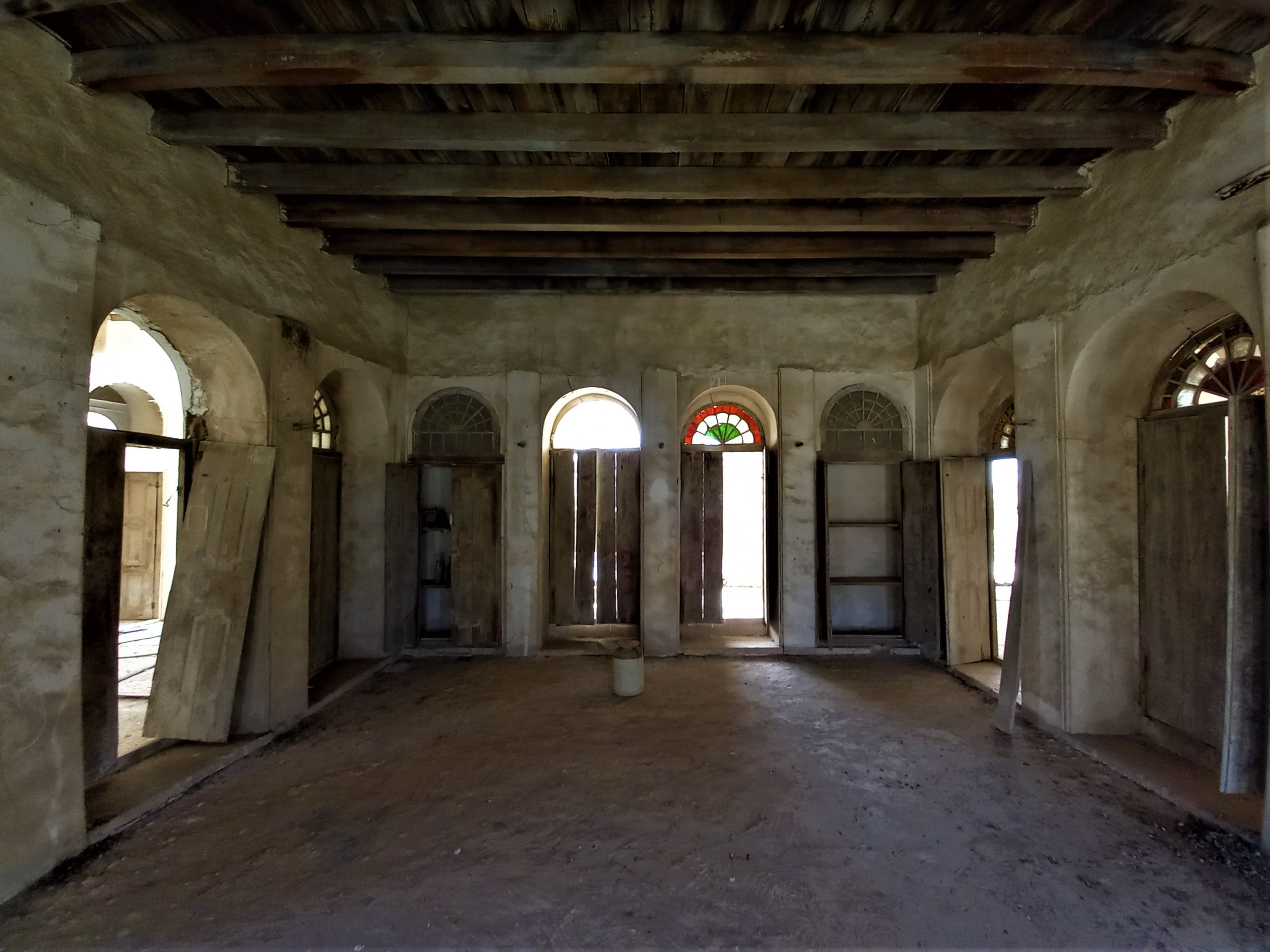Introduction Bungalow structures, also known as traditional or local houses, are prominent examples of architecture on Qeshm Island, situated in the Persian Gulf. These buildings are specifically designed to address the island's unique geographical and climatic conditions, representing a successful model of environmentally adaptive and sustainable design.
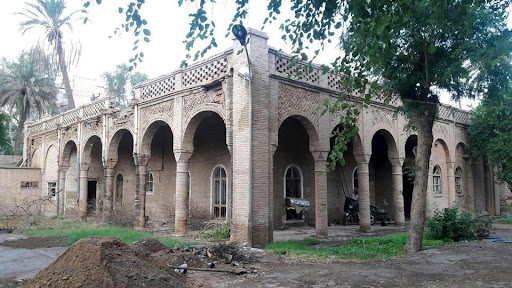
Architectural Features
- Climate-Responsive Design: Bungalows in Qeshm are designed to withstand extreme heat and high humidity. Features such as sloped roofs and thick walls help reduce heat gain and enhance natural ventilation.
- Use of Natural Materials: These structures are typically built using local and natural materials, such as earth, wood, and reeds. These materials are well-suited to the island's climate and utilize local resources.
- Natural Ventilation Systems: Bungalow designs often include natural ventilation systems such as wind catchers and large windows, which aid in cooling and ventilating the indoor spaces.
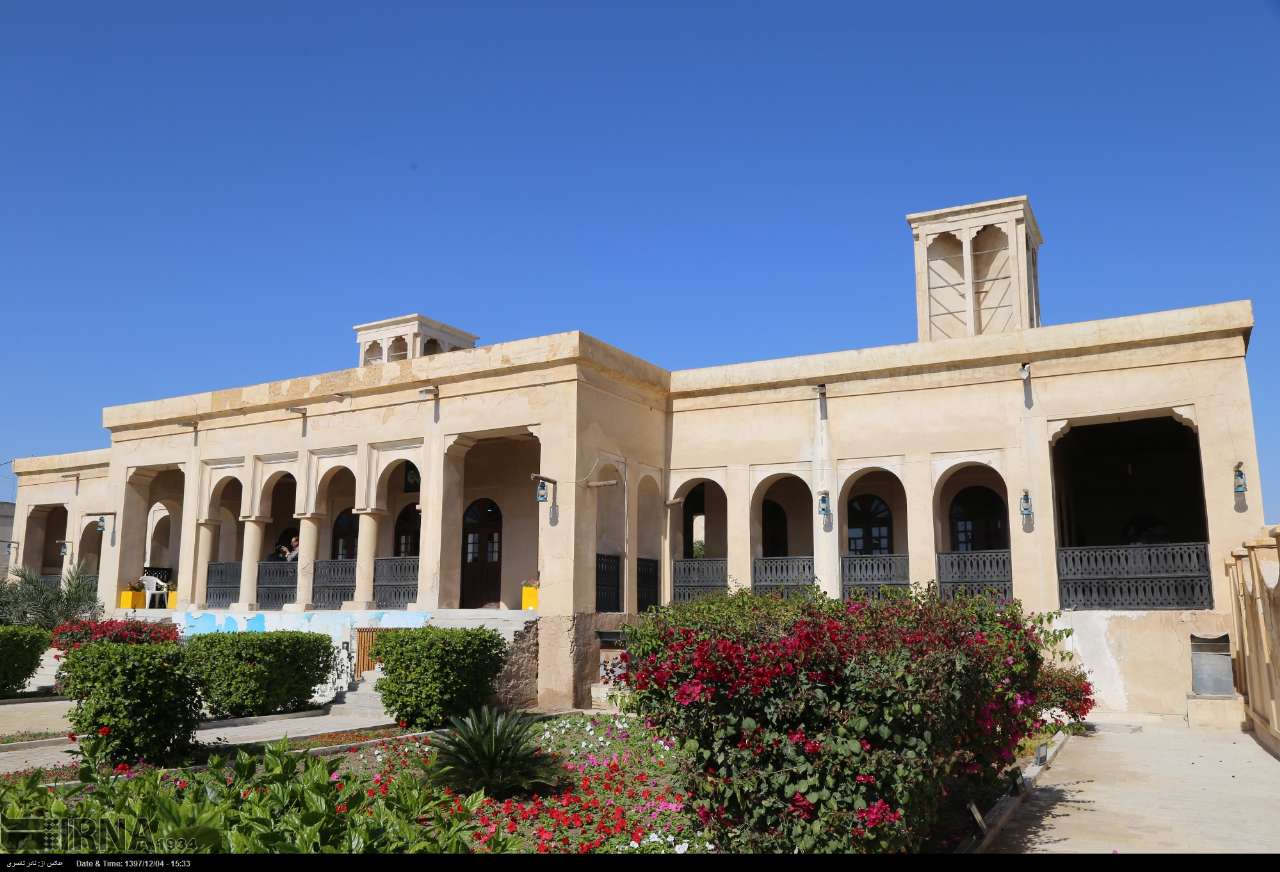
Materials Used
- Earth and Clay: Earth and clay are primary materials used in bungalow construction, valued for their thermal and moisture insulation properties, making them ideal for walls and roofs.
- Wood and Reeds: These materials are used for structural framing and roofing. Wood and reeds are known for their durability and flexibility in harsh weather conditions.
- Local Resources: Utilizing local materials not only reduces construction costs but also helps preserve cultural and architectural heritage.
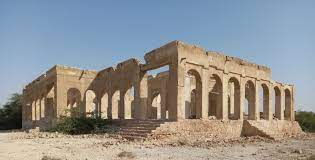
Environmental Benefits
- Reduced Energy Consumption: The design of bungalows minimizes the need for mechanical cooling and ventilation, leading to lower energy consumption.
- Sustainable Resource Use: The use of natural and local materials supports sustainable resource management and reduces environmental impact.
- Cultural Preservation: These structures contribute to the preservation and continuation of local cultural identity and architectural traditions.
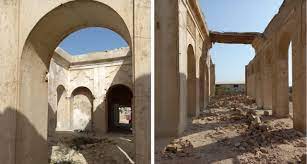
Conclusion Bungalow structures in Qeshm, with their intelligent design and use of natural materials, represent a prominent example of traditional and sustainable architecture in hot and arid climates. These buildings not only adapt well to the specific climatic conditions of Qeshm Island but also contribute to environmental conservation and cultural heritage. Recognizing and adopting these features can promote sustainable development and environmental protection in similar regions.
